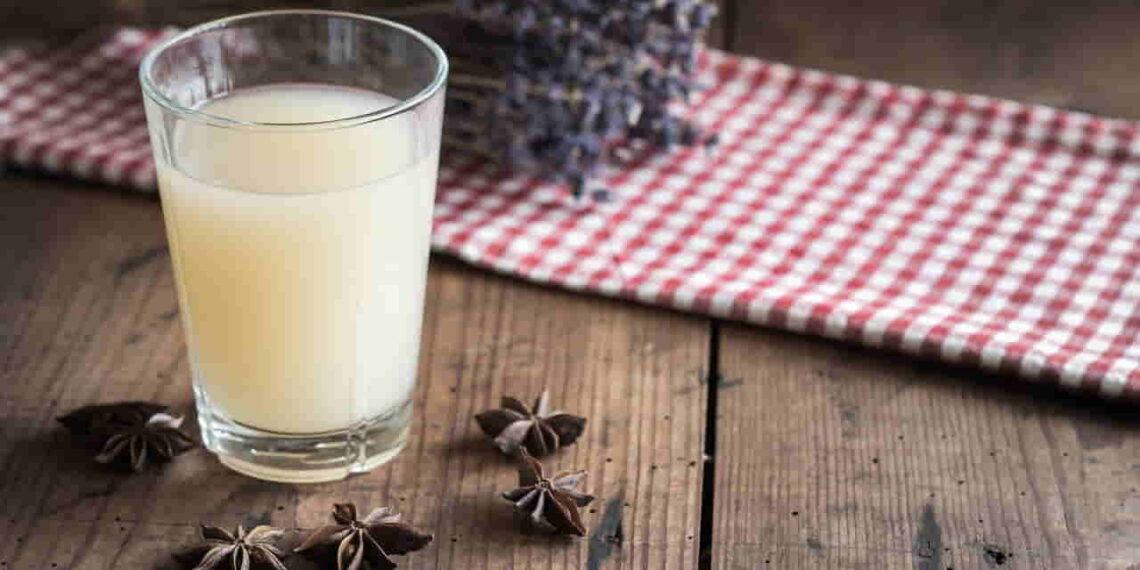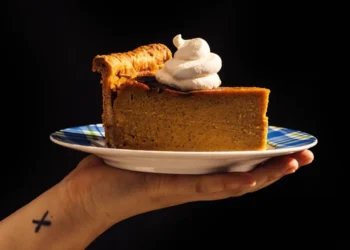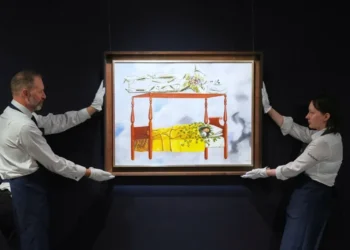Pastis: France’s Signature Aperitif Born from a Banned Spirit
The Drink That Defines French Aperitif Culture
Imagine France without its beloved apéro hour—that golden time when the day slows down, and a drink appears in every hand. Across the country, aperitifs vary by region: kir in Burgundy, beer near the Belgian border, and the cloudy, aniseed-infused pastis in Marseille. But one spirit transcends all regional specialties—pastis, France’s undisputed aperitif of choice.
Not just a southern tradition, pastis is enjoyed nationwide, accounting for one-fifth of all spirits sold in France. Even in Picardie, far from the Mediterranean, it remains a staple. But how did pastis rise to such prominence? Its journey is rooted in an unlikely origin—the ban of absinthe in 1915.
Absinthe’s Fall, Pastis’ Rise
Absinthe, once France’s drink of choice, saw widespread consumption after the phylloxera epidemic of the 19th century devastated vineyards. Wine, beer, cider, and quinquina were all temporarily replaced by absinthe, which introduced the ritual of diluting a strong aniseed spirit with water and sugar.
However, absinthe’s association with insanity and addiction led to a nationwide ban in 1915. Suddenly, the French aperitif culture had a void to fill. According to historian Marie-Claude Delahaye, if absinthe had remained legal, pastis might never have existed.
Pastis, though anise-flavored like absinthe, is sweeter, macerated rather than distilled, and has a lower alcohol content (40-45% ABV vs. absinthe’s 75%). This difference was key: pastis provided the same enjoyable aniseed taste and social ritual without the stigma that surrounded absinthe, famously depicted in the paintings of Van Gogh, Manet, Degas, and Toulouse-Lautrec.
Ricard: The Marketing Genius Behind Pastis
Though Henri-Louis Pernod and Jules-Félix Pernod were the first to sell anisettes after the absinthe ban (merging in 1928), it was Paul Ricard who truly made pastis famous.
Launching his version in 1932, Ricard understood branding and storytelling. He named his pastis after the Provençal word pastisson (mixture) and claimed inspiration from a mysterious poacher who knew all the wild herbs of the region.
More importantly, Ricard knew how to market. He went door to door to bistros and cafés, spreading the word. His slogan? “Make a friend a day.”
His most brilliant strategy, however, was merchandising. An artist himself, Ricard created branded posters, glasses, ashtrays, bucket hats, and even playing cards. During the 1948 Tour de France, he distributed thousands of these items. Today, Ricard-branded collectibles are highly sought-after at flea markets, with rare pieces selling for thousands of euros.
The Pastis Ritual: A Simple, Timeless Pleasure
Despite modern mixologists experimenting with pastis-based cocktails, the traditional preparation remains king.
A standard serving of pastis consists of:
- 2cl of pastis,
- A pitcher of water to dilute to taste,
- Optional additions: ice, mint syrup (perroquet), grenadine (tomate), or orgeat (mauresque).
Unlike absinthe, which required a special perforated spoon and sugar cube, pastis is effortless to prepare—one of the reasons it remains so popular.
As cocktail expert Forest Collins puts it:
“Everyone in their house can have a little pitcher, but not everybody is going to go out and get an absinthe fountain and absinthe spoons.”
Pastis: More Than Just a Drink, A French Icon
Pastis is more than just an aperitif; it’s a symbol of French culture, leisure, and conviviality.
In 2022, Ricard wasn’t just the top-selling pastis—it was the top-selling product in all of France’s hypermarkets, outselling mineral water, Coca-Cola, and even Nutella.
As Aurélie Panhelleux, co-founder of CopperBay cocktail bars, notes:
“Pastis is the only spirit in France that people order by brand.”
Or as collector Jacky Roussial, who owns over 3,500 Ricard collectibles, puts it:
“I don’t drink pastis. I drink Ricard.”
For the French, pastis isn’t just a drink—it’s a way of life.
This article was rewritten by JournosNews.com based on verified reporting from trusted sources. The content has been independently reviewed, fact-checked, and edited for accuracy, neutrality, tone, and global readability in accordance with Google News and AdSense standards.
All opinions, quotes, or statements from contributors, experts, or sourced organizations do not necessarily reflect the views of JournosNews.com. JournosNews.com maintains full editorial independence from any external funders, sponsors, or organizations.
Stay informed with JournosNews.com — your trusted source for verified global reporting and in-depth analysis. Follow us on Google News, BlueSky, and X for real-time updates.














